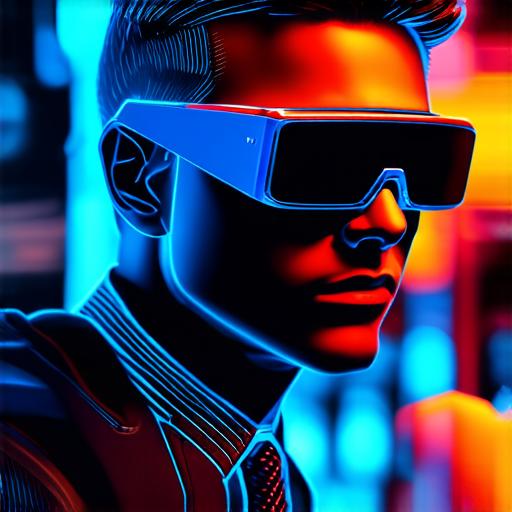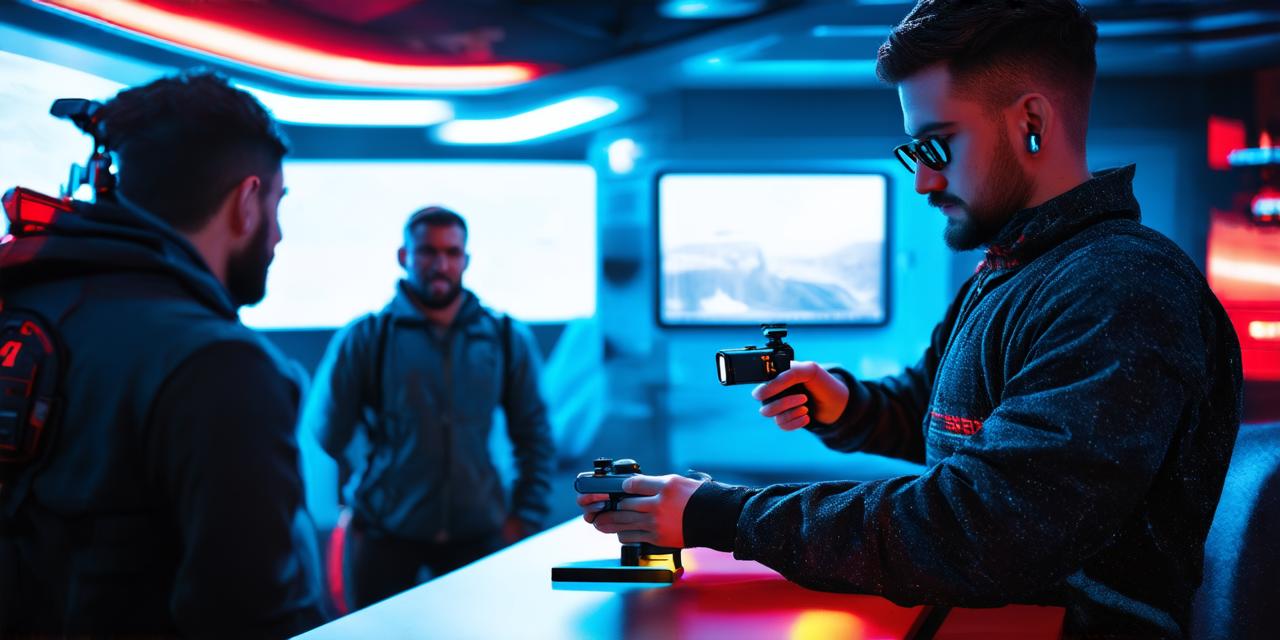1. What is Augmented Reality?
Before we dive into the different ways to learn about AR, it’s important to understand what it is. Augmented reality is a technology that superimposes digital content onto the real world. This can include things like virtual objects, animations, and even information overlays. By blending the digital and physical worlds, AR creates a more immersive and interactive experience for users.
2. Learning About AR Technologies
There are many different technologies that make up the AR ecosystem. Some of the most popular include:
- Mobile devices: Smartphones and tablets are the most common platforms for AR experiences. These devices have cameras, sensors, and other hardware that makes them ideal for capturing and overlaying digital content onto the real world.
- Wearables: Augmented reality can also be experienced through wearable devices like smart glasses or headsets. These devices typically offer a more immersive experience by providing a wider field of view and reducing the need to hold a device in front of your face.
- Smart displays: Smart displays are another option for AR experiences. These devices can be used to display information overlays or other digital content in real-time, without the need for a mobile device or wearable.
3. Learning About AR Development Tools and Frameworks
To become an AR developer, you’ll need to learn about the tools and frameworks that are available for building AR experiences. Some of the most popular include:
- Unity: Unity is a powerful game engine that can also be used for AR development. It offers a wide range of features and tools for creating interactive experiences and has a large community of developers who contribute to its growth.
- Vuforia: Vuforia is a popular AR development platform that uses computer vision algorithms to track real-world objects and surfaces. It supports a wide range of devices and can be used to create both indoor and outdoor experiences.
- ARKit: ARKit is Apple’s AR development framework, which is designed specifically for iOS and macOS devices. It offers a range of features for building AR experiences, including support for object tracking, scene rendering, and more.
4. Learning About AR Design Principles
Designing an effective AR experience requires a different set of skills than traditional design. Some key principles to keep in mind include:
- Contextual awareness: AR experiences should be designed with the real world in mind. This means considering things like lighting, environment, and user behavior when designing your experience.
- Interaction: AR experiences should be interactive, allowing users to engage with digital content in a meaningful way.
- Ease of use: AR experiences should be easy to use and intuitive for the user. This means keeping the interface simple and providing clear instructions.

5. Case Studies and Real-Life Examples
There are many great examples of successful AR experiences out there, from gaming to retail to healthcare. Some notable case studies include:
- Pokemon Go: The wildly popular mobile game uses AR to bring digital creatures to life in the real world, encouraging users to explore their surroundings and interact with their environment.
- IKEA Place: This AR app lets users place virtual furniture in their home to see how it looks before making a purchase. It’s a great example of how AR can be used to enhance the shopping experience.
- Anatomo: Anatomo is an AR app that allows medical students to explore the human body in 3D, helping them to better understand complex anatomy.
6. Best Practices for AR Development
Keep it simple: AR experiences should be simple and easy to use. Avoid overwhelming users with too much information or too many interactions.
